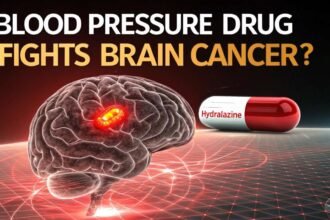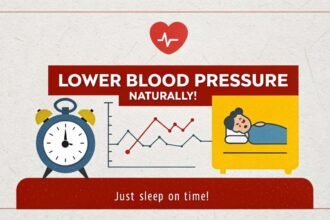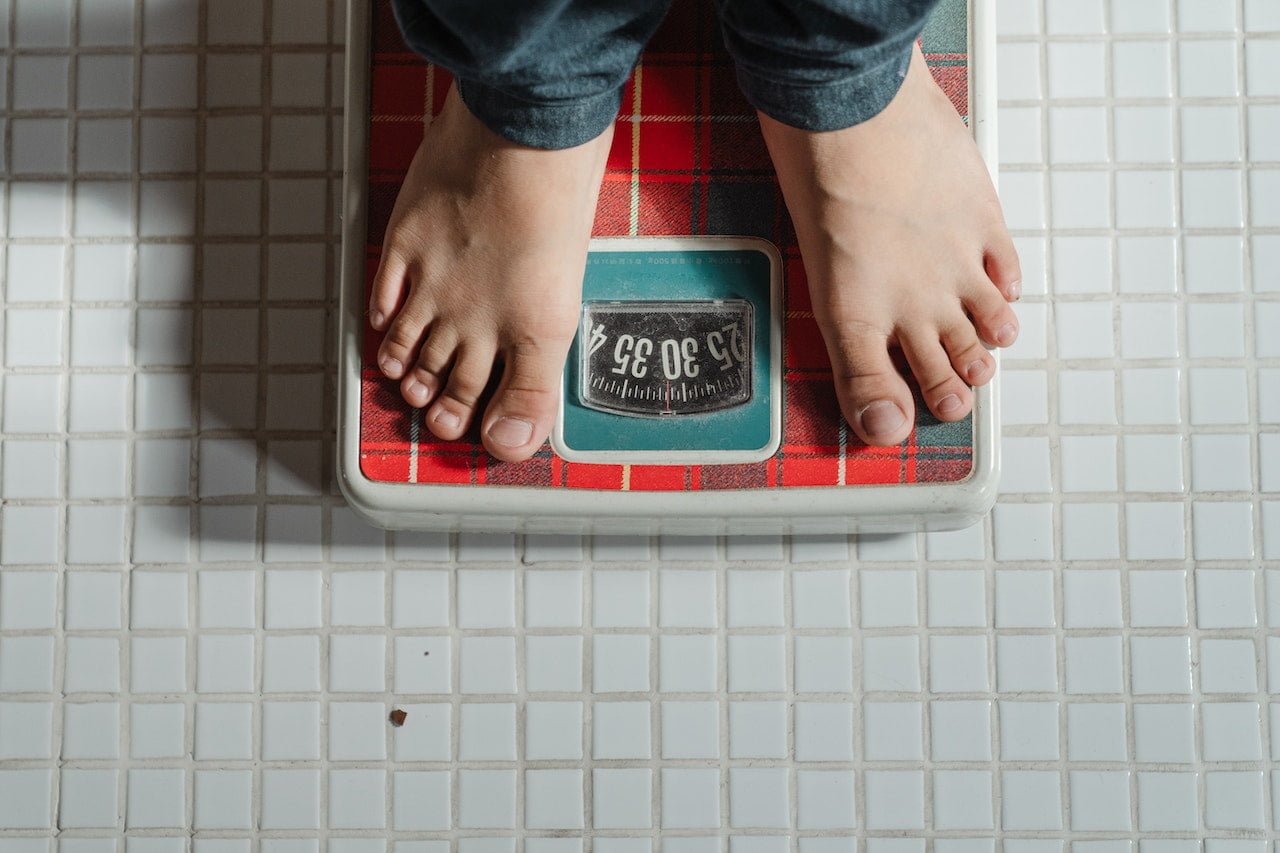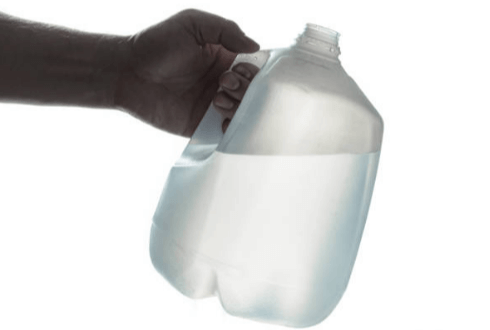Seeing dark or green poop in the toilet bowl can be alarming. Poop is usually brown in color, so when the color changes, it often indicates something is going on in the digestive system. Dark green poop is most commonly caused by diet or medication.
It can also result from an underlying condition affecting the gut. While it’s rarely an emergency, dark bowel movements should not be ignored, as they can signify more serious issues. Understanding the common causes and when to see a doctor can provide peace of mind.
What Causes Dark Green Poop?
1. Diet
One of the most common reasons for dark green poop is consuming a lot of green foods. Leafy greens like spinach, kale, broccoli, celery, asparagus, green beans, and other vegetables contain chlorophyll that can tint the stool green. Iron supplements can also turn poop dark green.
Eating large amounts of green food coloring found in frosting, drink mixes, ice pops, and candies may temporarily cause green poop as well. Breastfed infants often have green poop after mothers consume green veggies. As long as the baby is otherwise healthy, green poop from mom’s diet is nothing to worry about.
2. Medications
Certain medications like antibiotics and proton pump inhibitors can lead to dark green poop. The drugs alter gut bacteria, which changes stool color. Laxatives containing aloe or cascara sagrada make poop turn greenish. Supplements with iron and folic acid may also cause green discoloration.
3. Bile Issues
Bile is a green fluid produced by the liver that helps digest fats. It turns brown as it passes through the digestive tract. Fast transit of stool means less time for bile to change color. This results in greener poop. Conditions like Crohn’s disease, celiac disease, and diverticulitis speed up movement in the intestines.
Blocked bile ducts prevent bile from entering the intestines properly, resulting in light stools. But when bile flow returns, an excess amount released into the gut makes stool dark green. Gallstones, infections, and pancreatic cancer can block bile ducts.
4. Digestive Disorders
Intestinal infections from bacteria, parasites, or viruses disrupt the microbiome balance in the gut and affect bile salt absorption. This enables more greenish bile to make it to the colon. Salmonella, giardia, and norovirus commonly cause green diarrhea.
An overgrowth of bacteria in the small intestine known as small intestinal bacterial overgrowth (SIBO) interferes with bile absorption and digestion, leading to dark green poop.
When to See a Doctor
In most cases, having green poop once or twice is nothing to be concerned about if it correlates with diet or medication changes. But if green bowel movements persist for more than a couple days or worsen, it warrants a trip to the doctor.
Schedule an appointment for evaluation and testing if green poop occurs along with these symptoms:
- Severe diarrhea or constipation
- Blood or mucus in stool
- Unintended weight loss
- Loss of appetite
- Severe abdominal pain
- Fever over 101 F
Dark green stool accompanied by jaundice (yellowing skin and eyes) is an emergency. Go to the ER or urgent care right away, as this indicates a major problem with bile flow, such as gallstone blockage or acute pancreatitis.
Children with green diarrhea that lasts over 24 hours need to be seen to check for infection or other issues causing fluid loss that can lead to dehydration.
Diagnosing the Cause
To identify the underlying reason for green stool, the doctor will begin with a physical exam and questions about diet, supplements, and medications. Be sure to mention any other symptoms present and existing health conditions. Family history is also useful to help find a diagnosis.
Some common diagnostic tests for green bowel movements include:
- Blood tests to look for inflammation, liver function, and nutrients impacted by malabsorption.
- Stool culture to check for bacteria, parasites, or viruses causing infection.
- Abdominal CT scan to visualize the intestines, liver, gallbladder, and pancreas.
- Colonoscopy to examine the large intestine for inflammation, blockages, etc.
- Endoscopy to inspect the upper digestive tract and take biopsies.
- Hydrogen breath test for SIBO diagnosis.
Treatment Options
Treatment depends on the cause found for dark green stool:
- Dietary changes by reducing green foods and iron supplements.
- Stopping medications that are affecting stool color.
- Antibiotics or anti-parasite drugs to clear infections of bacteria, giardia, etc.
- Medications to help digestion, slow motility, or relieve diarrhea.
- Surgery to repair blockages or remove gallstones if indicated.
- Medication adjustment for conditions like Crohn’s or Celiac.
- Dietary changes and probiotics for SIBO.
When to Seek Emergency Care
Seek emergency medical care right away if you have green stool along with:
- Vomiting up blood
- Black, tarry stool
- Severe abdominal pain
- Fever over 102°F
- Dizziness, lightheadedness
- Rapid heart rate
- Yellowing eyes/skin
These symptoms can indicate internal bleeding, intestinal obstruction, gallstone blockage, appendicitis, or other dangerous health issues needing immediate treatment. Don’t hesitate to call 911 or go to the ER if you have dark green stool accompanied by one or more of these symptoms.
Prevention
You can help prevent benign cases of green poop by:
- Avoiding large amounts of green foods, dyes, iron, and folic acid if they bother you.
- Staying hydrated to keep stool soft.
- Increasing probiotics to support gut flora.
- Not overusing laxatives, antibiotics, or PPI medications.
However, some causes like infections, chronic conditions, and blocked bile ducts can’t always be prevented. See your doctor for regular checkups to stay on top of your health. Diagnosing and properly managing any digestive issues can keep them from progressing to an emergency.
The Bottom Line
Seeing green poop can set off alarm bells but is rarely a cause for panic. In most cases, it resolves on its own or with simple diet and medication changes. Make an appointment with your doctor if it persists or you have concerning symptoms. Prompt evaluation can diagnose any underlying issue. With the proper treatment and lifestyle adjustments, you can get your bowel movements back to their normal brown color.
- Peery AF, Crockett SD, Murphy CC, et al. “American Gastroenterological Association Institute Guideline on the Management of Acute Diarrhea in Adults.” Gastroenterology. 2019;156(5):e1-e25. https://doi.org/10.1053/j.gastro.2019.01.059
- 볥Marcdante KJ, Kliegman RM. “Nelson Essentials of Pediatrics”. 8th ed. Philadelphia, PA: Elsevier; 2019:982-983. ISBN: 9780323511452
- Quigley EM. “Small intestinal bacterial overgrowth: What it is and what it is not.” Current Opinion in Gastroenterology. 2014;30(2):141-146. https://doi.org/10.1097/mog.0000000000000048
- Riddle MS, DuPont HL, Connor BA. “ACG Clinical Guideline: Diagnosis, Treatment, and Prevention of Acute Diarrheal Infections in Adults.” The American Journal of Gastroenterology. 2016;111(5):602-622. https://doi.org/10.1038/ajg.2016.126
- Kelly CP. “Green Stool.” VisualDX. https://www.visualdx.com/visualdx/diagnosis/green-stool?access=31OBSH48V2












